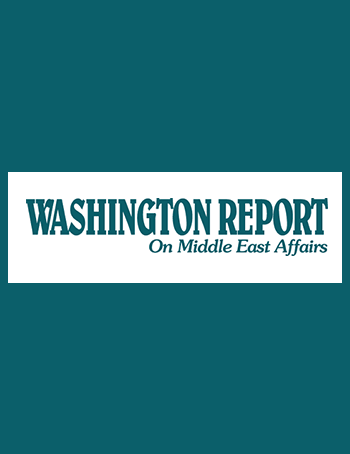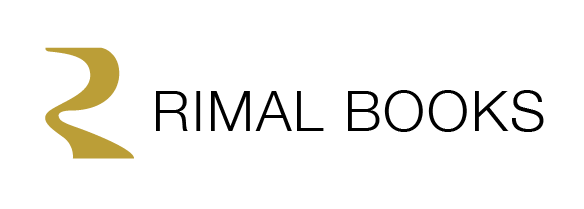
WASHINGTON REPORT
Palestinian Embroidery Motifs
One of the strengths of this book is its presentation of simple patterns of the many embroidery motifs. For anyone interested in using these motifs in modern counted cross-stitch embroidery, this book is a treasure.
Besides the historical perspective and identification of motifs by region and village, the book is a most attractive coffee table addition.
Margarita Skinner of Switzerland, who over a period of 20 years worked in women's projects in, the Gaza Strip, the West Bank, and, has produced a comprehensive collection of motifs, in brilliant colors. The cover overleaf notes that this book is "perhaps the first to document all the different motifs by origin used on traditional costumes." Besides the historical perspective and identification of motifs by region and village, the book is a most attractive coffee table addition.
Embroidery was a practical art in fallaha (peasant) Palestine culture in an earlier era when people made their own dresses, shawls, pillow cushions and other items for home use. Village women had more time to make their own dresses and to add decorative motifs to their clothing. The documentation of motifs is all the more significant because, as a result of social, economic and political changes, many of the traditional motifs could be lost from living memory.
The book documents over 200 motifs prominent from 1850-1950, identified by their village or area of origin. The embroidery areas are Galilee, Nablus, Ramallah, Bethlehem, Jerusalem, Hebron, Jaffa, Gaza and Beersheba-Sinai. The book's narrative briefly discusses ancient and medieval origins of embroidery, but research of Palestinian embroidery begins in the 19th century. Inspiration for the motifs came from everyday village life and from "uniforms, religious vestments, ceramics, printed fabrics, samplers and pattern books."
Many motifs are informed by such geography and plant life, including almond branches, grapes, geese, the moon, the mountains of Jerusalem and mulberry of Damascus, pomegranate flowers and the tree. Lilies and roses signify purity and love.
The book also documents similarities between Palestinian and European motifs. An interesting example of European influence came through the French company Dolfus Mieg & Co. (DMC) which exported the Perlé cotton thread, replacing the lustrous floss silk thread from .
The displacement of Palestinians in the wars of 1948 and 1967, and their aftermath, also exposed seamstresses to new motifs. Because Palestine refugees have taken it with them in their scattered locations-especially the West Bank, , Gaza and -the art form is known internationally. The United Nations and European, and Canadian international aid groups have supported its production and helped market the products over the last half-century. A Google search quickly reveals much documentation about today's producers and marketing groups.
One of the strengths of this book is its presentation of simple patterns of the many embroidery motifs. For anyone interested in using these motifs in modern counted cross-stitch embroidery, this book is a treasure.
The author's work is strengthened by her close collaboration with, among others, Widad Kawar, a Bethlehemite expert living in Amman . Kawar's world-acclaimed collection is the largest in the Middle East and has been exhibited throughout Europe, , and . Many of the motifs were photographed from Kawar's collection.
Because we were associated with Margarita Skinner and Widad Kawar when we worked in the Middle East in the 1970s, and experienced the richness of Palestine culture, it is a special pleasure to recommend this book.
Reviewed by Urbane and Gwendolyn Peachey
Washington Report on Middle East Affairs - April 2008, page 70
From 1970-75 Urbane Peachey supervised development projects in Jordan, Egypt and Lebanon, and promoted self-help projects in Palestinian refugee communities, including needlecraft presented in the book. Gwendolyn Peachey supervised kindergartens in refugee camps.


